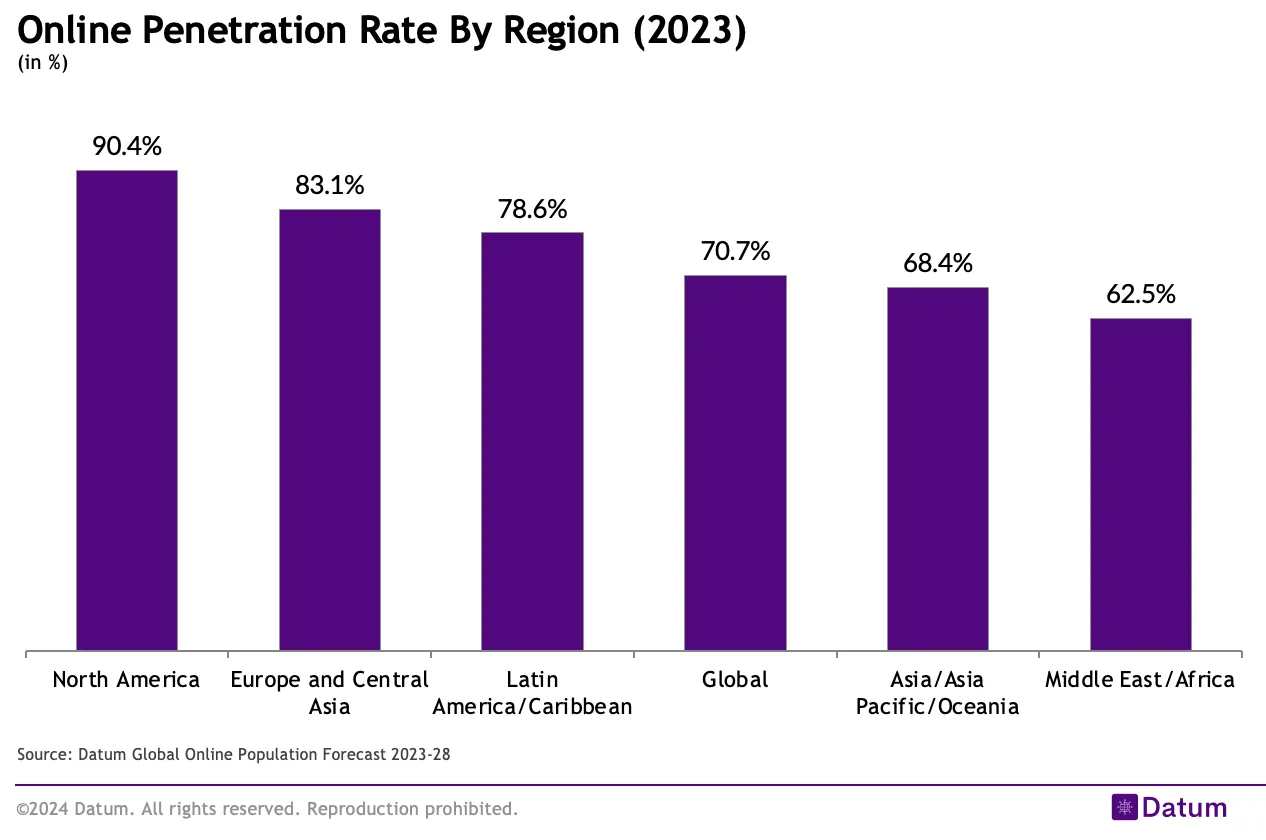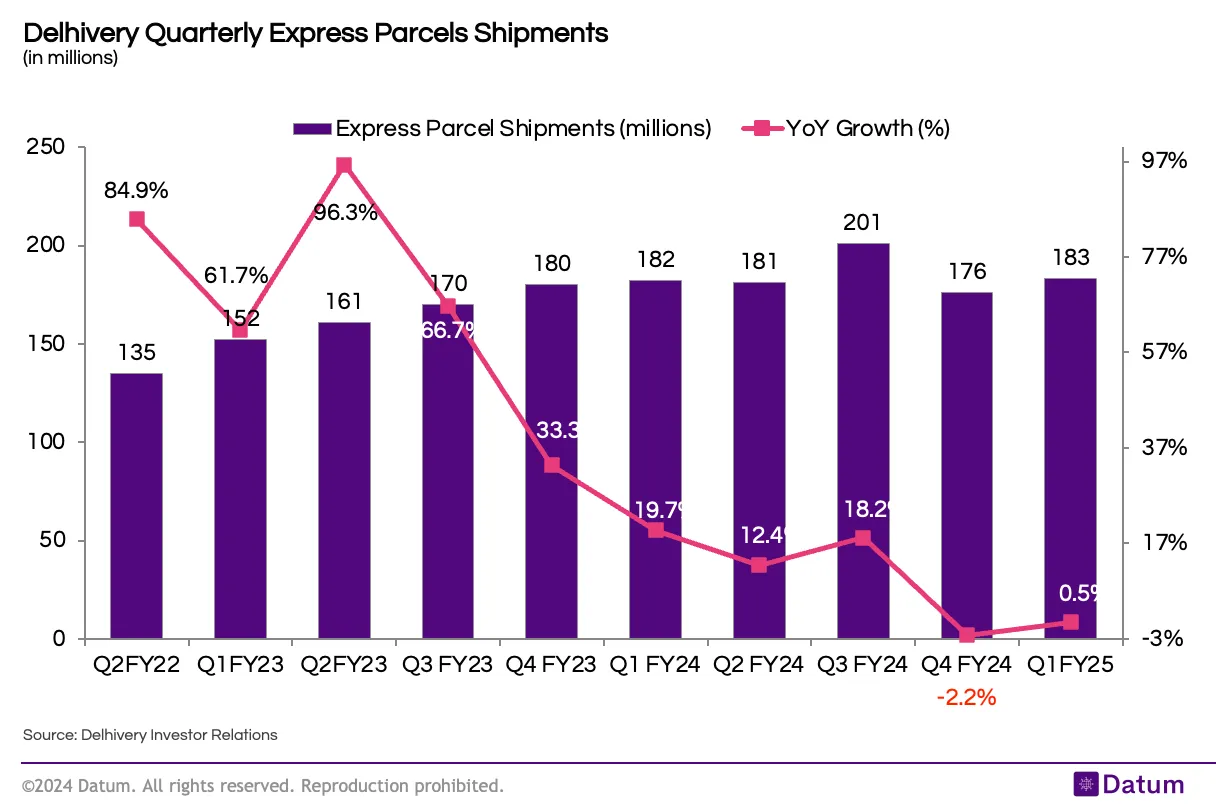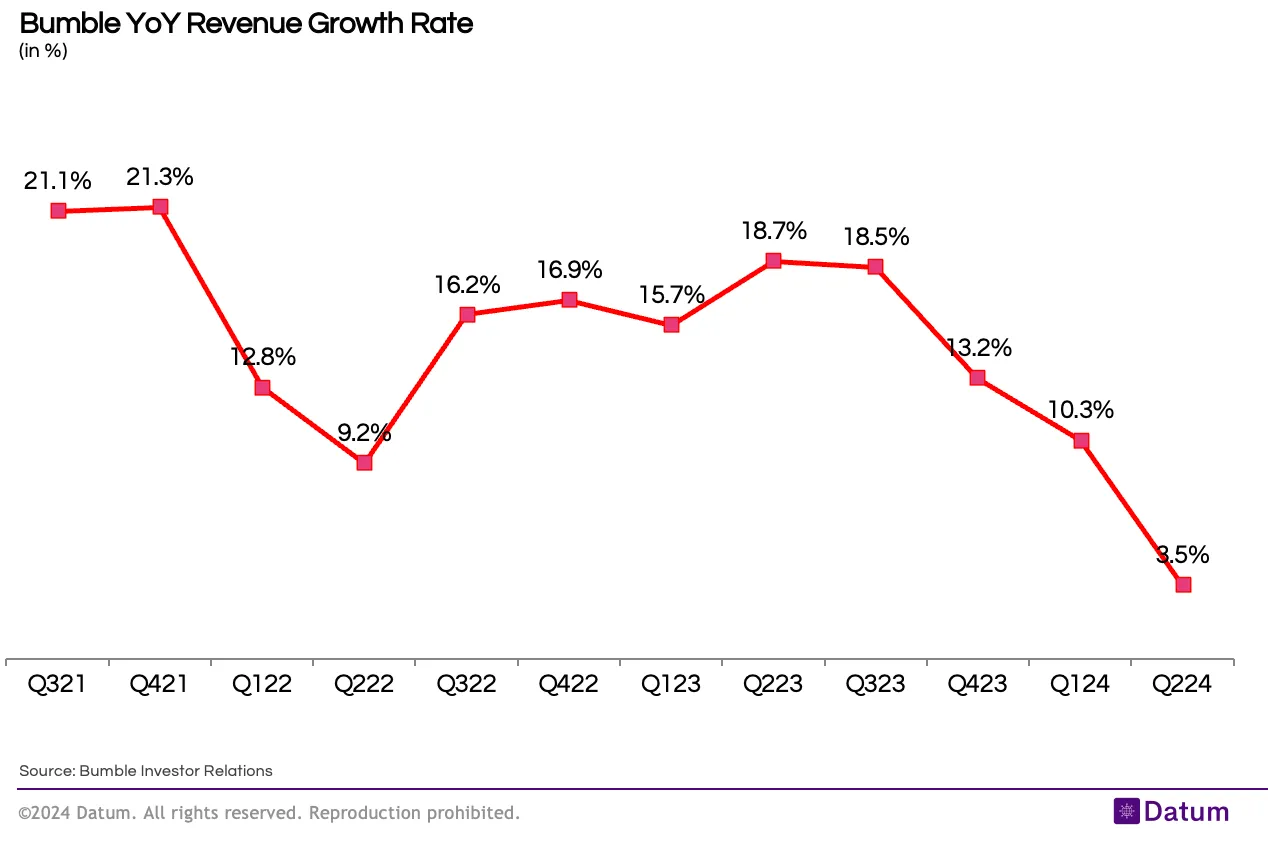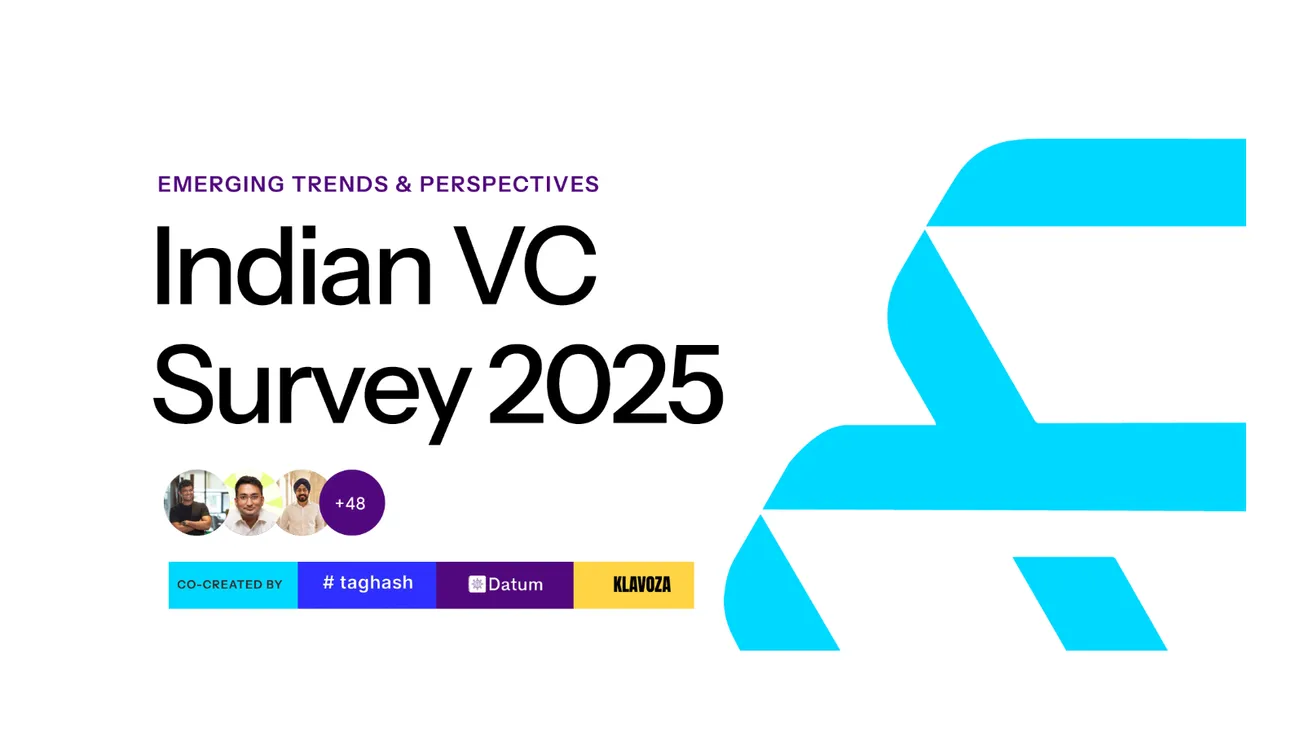Table of Contents
North America has long been at the forefront of digital connectivity, leading the world in online penetration rates. With a robust digital infrastructure and a tech-savvy population, the region continues to set the standard for internet adoption and usage.
Boasting an impressive internet penetration rate of 90.4%, North America is home to over 339 million internet users. This widespread connectivity has facilitated the growth of various digital industries, including e-commerce, social media, and online entertainment.
While the Middle East and Africa (MEA) have made significant strides in digital adoption, the region still lags behind other parts of the world in terms of online penetration. Despite being home to a sizable portion of the global population, internet usage in MEA remains relatively low, with a penetration rate of around 63%.
We expect that the digital divide in the Middle East and Africa will gradually narrow, paving the way for increased online penetration and socioeconomic development.
Definitions
Online population. Total number of individuals or users who have access to the internet and regularly use it for various purposes, such as communication, information gathering, entertainment, shopping, and more (at least once in a month)
Additional Notes
Release Date: April 2024
Region: Worldwide
Time Period: 2009 to 2028
Author: Datum Research Team
Source: Datum Global Online Population Forecast 2023-28
Methodology
Datum Forecast is a comprehensive, data-driven solution that offers invaluable insights into the factors shaping various industries. By providing a quantitative framework for assessing market drivers and inhibitors, it empowers clients to make well-informed investment decisions and develop strategic plans that capitalize on growth opportunities while mitigating potential risks.
To forecast upcoming market trends and opportunities, our market sizing and forecasting team makes use of statistical models, time series analysis, and other forecasting approaches.
To create precise estimates, we take into account elements like historical data, market drivers, economic indicators, consumer behaviour, and the competitive environment.
Our forecasting and trend analysis enable businesses to anticipate market shifts, adapt their strategies, and stay ahead of the competition.
Our dedicated team produces over 30 forecasts annually, enabling a comprehensive understanding of global market trends.
The full report is available on a commercial basis upon request to hello@datumintell.com.









